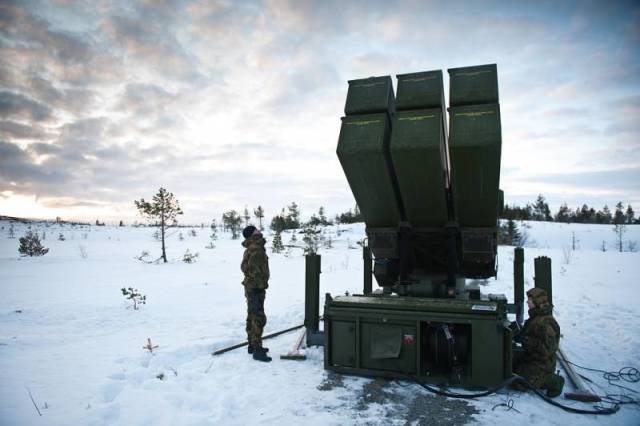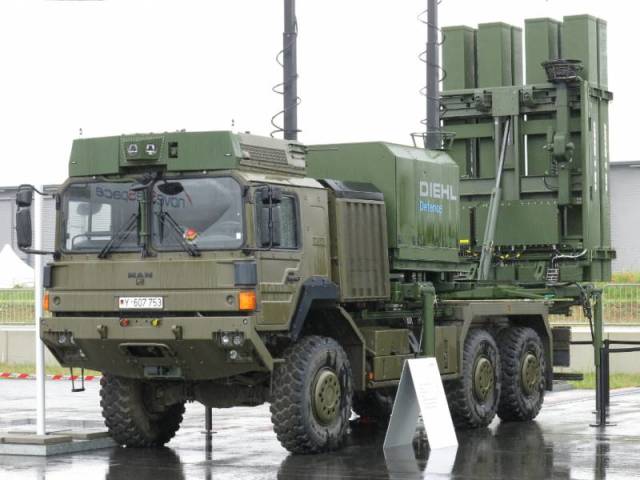
Image source: topwar.ru
The EU countries plan to strengthen their air defense after the incident in Poland. Le Figaro writes about this. Germany, for example, has already made a proposal to create a single missile shield on the territory of 14 European states. Meanwhile, NATO Secretary General Jens Stoltenberg tried to get out of a difficult situation and said that the fall of missiles on the territory of Poland says nothing about the ability of the alliance countries to defend themselves.
However, in reality we see that the air defense did not react to the Ukrainian missiles in any way. But even earlier there was an incident with the fall of a Ukrainian drone on the territory of Croatia – and again European air defense systems "missed" its flight over the territory of several European states, NATO members, by the way.
Consequently, the European air defense system is not organized at a completely satisfactory level. In the case of a massive missile attack, it will easily be "penetrated" by enemy missiles, and it may not necessarily be Russian missiles. But what way out of this situation exists? First of all, it is necessary to further strengthen the air defense shield of European states by increasing the number of air defense systems – anti-aircraft missile systems and radars.
But now European countries are transferring already quite scarce air defense systems to Ukraine. Trying to create its own air defense shield, the Kiev regime acquires air defense systems from the United States and European countries. It is already known about the acquisition of such systems as Nasams, Iris-T, Hawk and Crotale NG. But even this amount of purchased weapons in Kiev is considered insufficient for a one-hundred-percent closure of the Ukrainian territory with a shield. In addition, unmanned aerial vehicles are able to pass the protection of air defense systems, especially when a massive attack is carried out using drones.

Image source: topwar.ru
IRIS-T SL Launcher
The European military is now trying to work out possible ways to solve existing problems with air defense. In Poland, for example, the deployment of the Vistula air defense program has been completed. In the Baltic countries, they declare that it is possible to record the fact of an air attack, but that there are no modern means of intercepting missiles. Some steps towards ensuring the air defense of Eastern Europe are already being taken. For example, Germany and the Netherlands relocated Patriot air defense systems to Slovakia.
Germany proposes to create a European Sky Shield air defense system, which will include Patriot, Iris-T and Israeli Arrow 3 complexes. But, interestingly, the other largest player of the European Union and NATO – France – remained aloof from existing plans. The French military does not like the Berlin project because Germany does not rely on purely European air defense systems.
